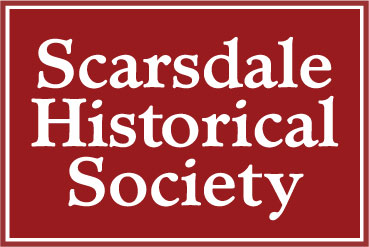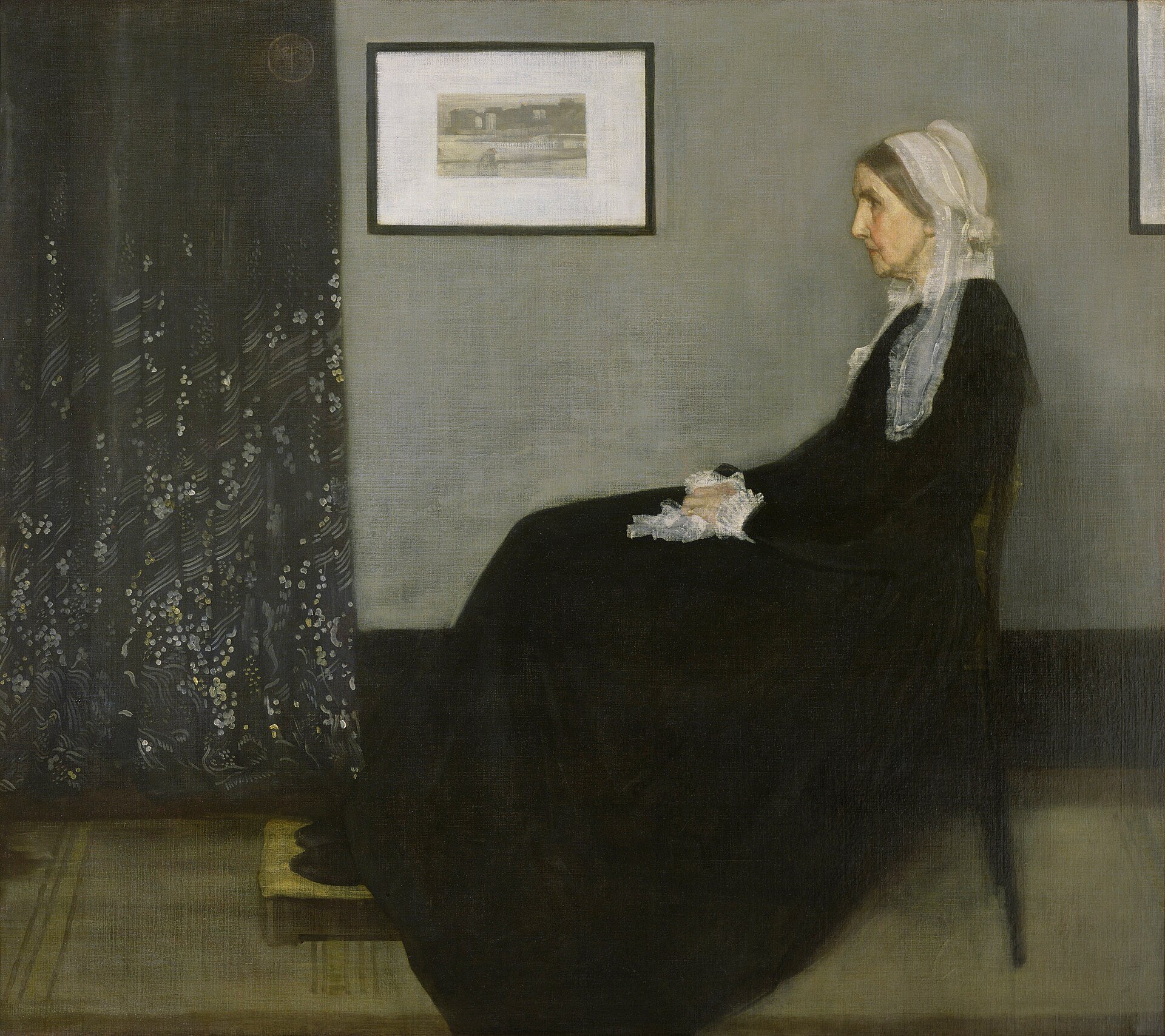James McNeil Whistler Drawings of Scarsdale Discovered
/It’s not every day that we discover priceless artworks depicting scenes of our village, yet we recently discovered two drawings of Scarsdale by American master James McNeil Whistler. They depict a private home and St. James the Less Church, both dated 1852 or 1853. Both works reinforce the Whistler family’s ties to early Scarsdale and St. James. The discovery coincides with the Church’s 175th Anniversary, which is being celebrated with many events all year.
Anna McNeil Whister, the artist’s mother and subject of her son's iconic painting known as “Whistler’s Mother,” lived in Scarsdale and attended the church for a few years during the 1850s. She resided with her close friends Margaret and Sarah Hill, whose sister had married William Sherbrooke Popham. Their “cottage” still stands at today’s 4 Rectory Lane, and was originally part of the vast Popham estate. Many letters written by Anna Whistler during this time have been preserved and digitized on a website by the University of Glasgow. She discusses 1850’s Scarsdale, the Pophams and visits by her sons including James.
"Arrangement in Black and Grey No. 1: The Artist's Mother." James Abbott McNeill Whistler, 1871, oil on canvas.. painted almost years after ANNA lived in scarsdale.
It was through that website that I noticed a very important footnote that read, “JW did a drawing of the church; see A Country Church.” After searching for Whistler (aka JW) drawings titled “A Country Church” on the web, Idiscovered a work by that name through the Library of Congress. It made no reference to Scarsdale or St. James, but the “country church” and its Gothic Revival architecture were unmistakable as the local church (see below).
The church building was almost completely destroyed by fire on Palm Sunday April 2, 1882. The Whistler drawing is the earliest known image of the church, and is the only image that shows the original triangular window before it survived the fire.
Whistler experts may have known the location of the church subject, but the drawing’s existence is new to Scarsdale - at least the current-day community. Astrid Storm, the rector of St. James the Less, confirmed that neither she nor the current vestry (board) had ever heard of the drawing’s existence. “There's no doubt it's St. James, given [Whistler’s] familiarity with the church. That's the original entrance (south side), and chancel (east end--since removed and expanded). The triangular window on the west side is still there today. It's the only one that survived the 1882 fire.”
The second artwork has a similarly vague title “A Country House” and the Library of Congress makes no reference to Scarsdale. However, to any Scarsdale history enthusiast, the house is immediately recognizable as 4 Rectory Lane, aka the Fleming-Hill House (his mother’s cottage). See below:
Both drawings are pencil, pen, brown ink and white paint on tan wove paper. According to their provenance, they were sold together at Christie’s as a set in 1925. They currently reside at the Library of Congress in Washington D.C.
“The digital age opens up so many new possibilities for unearthing connections to Scarsdale,” stated Randy Guggenheimer, President of the Scarsdale Historical Society. “It’s amazing to think we learned of two priceless drawings thanks to a footnote on a website in Scotland. Each time we find a new photograph, artwork, or primary source, we build a more comprehensive historic record.”
In celebration of the 175th Anniversary, St. James the Less invites the public to attend their upcoming history presentations. The next one is:
OUR ORIGIN STORY, 1840s-1850s
Sunday October 6, 11:30 am
10 Church Lane, Scarsdale, NY
Details here.









